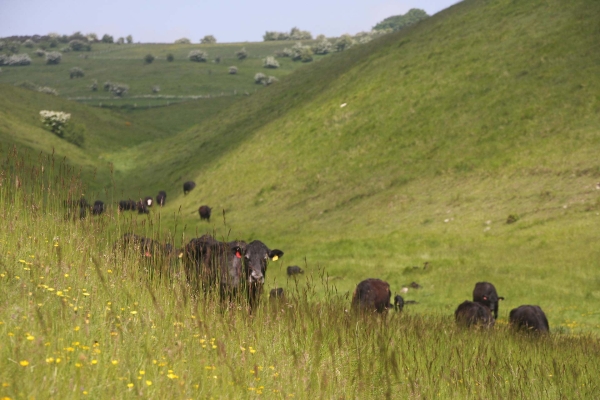Organic versus non-organic: Meat
A new evaluation of nutritional difference
Resource explained
This booklet presents findings on new research from Newcastle University that shows that organic meat is nutritionally different to non-organic meat. Analysing world-wide data, 67 studies on meat were reviewed. The findings, published in the British Journal of Nutrition in February, conclude that organic meat contains about 50% more beneficial omega-3 fatty acids than conventionally produced meat, and has fewer potentially harmful saturated fatty acids (myristic acid and palmitic acid).
The booklet describes the research and what makes it different to other research, the differences found between organic and non-organic meat, key findings, how organic standards affect meat quality and how the quality compares to non-organic grass-fed systems, and implications for consumers.
The research shows that nutritional differences between organic and non-organic are primarily due to feeding (with livestock being reared outdoors for part of the year and having a predominantly fresh grass-based diet or hay/silage).
Findings & recommendations
- Organic meat contains about 50% more beneficial omega-3 fatty acids than conventionally produced products. Western diets are deficient in these omega-3s and it is recommended that we double our intake.
- Organic meat has lower concentrations of potentially harmful saturated fatty acids (associated with blood cholesterol and insulin resistance).
- The research supports the view that the quality of meat is influenced by the way it is produced. Under organic standards, cows must eat at least 60% fresh grass, or conserved hay/silage. Livestock must also be reared outdoors for at least part of the year.
- The research also supports the view that the nutritional quality of meat is influenced by the way it is produced. The outdoor grazing/foraging based diets of organic farming were responsible for the more desirable fats found in organic compared to non-organic meat.
- The ‘Finding out more’ section of the booklet directs you to where you can read the full paper and access the database that was used for the analysis.




